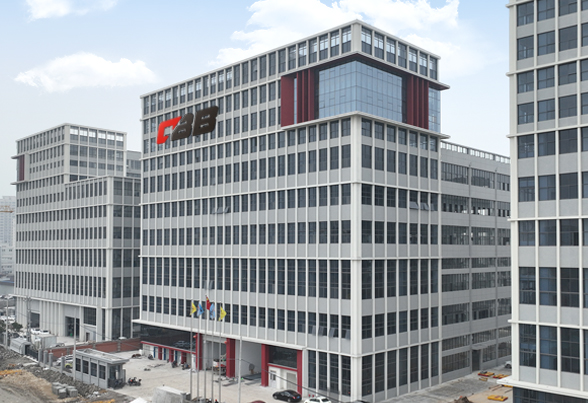Introduction
The Magnetic Powder Brake and Magnetic Powder Clutch are advanced components designed to transmit torque effectively, leveraging electromagnetic theory and magnetic powder technology. These devices offer a reliable solution for various industrial applications, providing an efficient means of control over machinery operations.
Working Principle
The operation of the Magnetic Powder Brake and Clutch is based on the principle that the magnetizing current and torque transmission exhibit a linear relationship. When the current is applied, the magnetic powder within the device becomes magnetized, allowing it to engage and transmit torque smoothly. This precise control mechanism is vital in various applications, ensuring that the required force is applied when necessary.
Key Characteristics
One of the standout features of the Magnetic Powder Brake and Clutch is their fast response time. These devices react quickly to changes in the magnetizing current, enabling immediate adjustments to the torque being transmitted. This responsiveness is crucial in high-speed operations where timing is essential.
Additionally, the simple structure of these devices contributes to their reliability and ease of maintenance. With fewer moving parts compared to traditional mechanical brakes and clutches, there is a reduced risk of mechanical failure. This design wear and tear, extending the lifespan of the components.
Environmental Benefits
Magnetic Powder Brakes and Clutches are designed with environmental considerations in mind. They operate without generating significant noise or pollution, making them suitable for use in sensitive environments. The absence of shock and vibration during operation further enhances the working conditions for both the machinery and its operators.
Energy Efficiency
These devices are energy-saving solutions, which is increasingly important in today’s industrial landscape. By requiring only minimal power to operate, Magnetic Powder Brakes and Clutches contribute to lower energy consumption in manufacturing processes. This efficiency not only reduces operational costs but also supports sustainability initiatives within organizations.
Applications in Industry
The versatility of Magnetic Powder Brakes and Clutches allows them to be employed in a wide range of industrial applications. In the papermaking and printing industries, they play a crucial role in unwinding and rewinding processes, ensuring that tension control is maintained. This is essential for achieving high-quality outputs in these fields.
In packaging and plastics manufacturing, the Magnetic Powder Clutch is particularly effective for buffering during starts and providing overload protection. This functionality helps to safeguard machinery from potential damage due to sudden load changes. Moreover, they are utilized for speed control, allowing for precise adjustments based on production requirements.
Further Industrial Uses
Beyond their applications in papermaking and packaging, Magnetic Powder Brakes and Clutches are employed in various sectors, including rubber, glass, textiles, and metallurgy. Their ability to handle diverse operational demands makes them an invaluable component across multiple industries. For example, in the wire and cable industry, these devices ensure proper tension is maintained during production, contributing to the overall quality of the product.
Conclusion
In summary, the Magnetic Powder Brake and Magnetic Powder Clutch are superior automatic control components characterized by their efficient torque transmission capabilities. They offer numerous advantages, including fast response times, a simple structure, environmental friendliness, and energy efficiency. These attributes make them ideal for a variety of industrial applications, particularly in processes requiring precise control and reliability.
Summary
Magnetic Powder Brakes and Clutches are essential components for transmitting torque based on electromagnetic principles. Their linear relationship between magnetizing current and torque, coupled with features like fast response and low environmental impact, positions them as versatile solutions in various industrial sectors. From papermaking to rubber manufacturing, these devices are integral for ensuring operational efficiency and equipment protection.

 English
English Español
Español हिंदी
हिंदी












